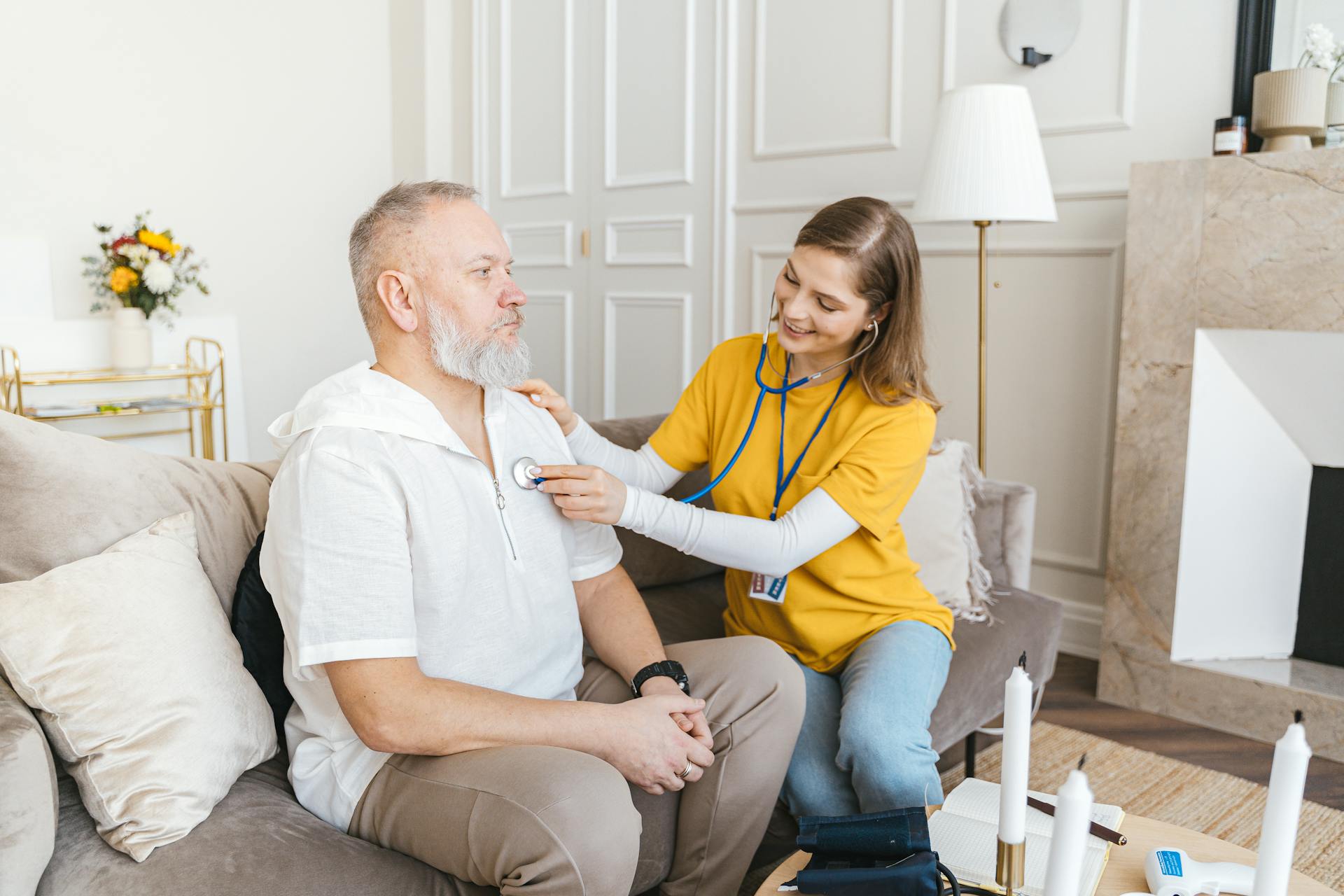
For many Americans, aging in place feels comforting—a symbol of stability and accomplishment. Familiar walls hold family memories, traditions, and routines that shape daily life. But as time passes, the very house that once provided security can quietly reshape your finances, health, and even cognitive well-being. Long-term residency offers both protection and pitfalls, especially as aging needs evolve. Understanding how a lifetime home affects your future can help you make smarter, more intentional choices.
Financial Impacts: Equity Rich, Cash Poor
Living in one home for 40 years often builds significant equity, but it can also mask cash flow challenges. Retirees who stay put may have low mortgages—or none at all—but face rising taxes, insurance, and maintenance costs that strain fixed incomes. Many underestimate how repairs compound as houses age: roofs, plumbing, and energy systems all need replacements that can reach five figures. The home may be valuable on paper, but it’s hard to convert into spendable cash without downsizing or refinancing. Staying requires a plan to keep liquidity and stability in balance.
The Hidden Cost of Deferred Maintenance
Longtime homeowners often delay upgrades, leading to costly surprises. Outdated wiring, inefficient heating, and poor insulation quietly drain budgets. Neglected maintenance can also reduce property value if heirs eventually sell. Aging in place safely requires ongoing investment—grab bars, ramps, lighting, and accessible bathrooms add thousands in modifications. Skipping updates today often means bigger bills tomorrow. Financial planning should treat upkeep like a recurring expense, not an afterthought.
Emotional Comfort Versus Opportunity Cost
Familiar surroundings nurture emotional well-being, offering continuity during life’s changes. Yet emotional attachment sometimes prevents homeowners from exploring better financial or physical options. Downsizing could unlock equity, reduce upkeep, and improve accessibility, but nostalgia often wins. The comfort of “home” can obscure potential benefits elsewhere. A sentimental tie shouldn’t overshadow practical needs for the next stage of life.
Health Impacts: Safety and Mobility Challenges
Older homes often lack features that support aging bodies. Stairs become hazards, bathrooms are slippery, and doorways are too narrow for mobility aids. Without modifications, falls and injuries rise sharply—leading to costly hospitalizations or forced moves. Poor ventilation and aging materials can worsen allergies or respiratory issues. Maintaining independence requires adapting spaces before accidents, not after.
The Cognitive Role of Familiar Spaces
Living in one environment for decades can support memory retention. Familiar layouts reduce confusion and cognitive stress, particularly for individuals with early-stage dementia. But too much sameness may limit mental stimulation, which experts say is essential for brain health. Routine comfort should be balanced with new experiences—such as hobbies, travel, or community engagement—to keep minds active. The key is a balance of stability and novelty.
Social Consequences of Staying Put
Over decades, neighborhoods change—friends move, businesses close, and community dynamics shift. Seniors who remain may experience social isolation if they don’t adapt. Losing nearby peers or walkable amenities reduces interaction, a critical factor in mental and physical health. Staying in the same house works best when paired with active efforts to build new connections. Longevity in place requires more than walls—it needs a network.
Psychological Anchoring: The Double-Edged Sword
The house often becomes an integral part of one’s identity—proof of hard work and a family legacy. But when that identity prevents change, it can trap homeowners in environments no longer suited to their needs. Selling or remodeling feels like losing a piece of self. Acknowledging emotional ties while recognizing evolving realities helps align decisions with long-term well-being. Home pride shouldn’t become home confinement.
Energy Efficiency and Aging Infrastructure
Older homes often leak energy through outdated insulation, drafty windows, and inefficient appliances. These inefficiencies quietly raise monthly expenses, especially in extreme climates. Federal and state programs offer credits for retrofits, but many seniors never claim them. Investing in energy updates reduces costs and improves comfort—key factors for aging in place. Efficiency isn’t just eco-friendly; it’s budget-friendly.
Balancing Roots With Readiness
Staying in one home for 40 years builds memories, but it also demands strategy. Evaluating safety, accessibility, and finances every few years ensures your home still fits your life. Sometimes small updates make staying ideal; other times, a strategic move brings freedom. The goal isn’t leaving or clinging—it’s choosing intentionally. Your house should serve you, not the other way around.
Have you lived in your home for decades—or are you considering a move for your next chapter? Share your story below.
You May Also Like…
- Why Some Home Modifications Backfire for Safety Instead of Helping
- Little Adjustments That Stop Falls at Home — Before the First One Happens
- 7 Hidden Costs of “Aging in Place” No One Mentions
- Is It Time to Sell the Family Home Before It Becomes a Burden?
- Is Renting in Retirement Cheaper Than Owning—Once You Count Everything?







